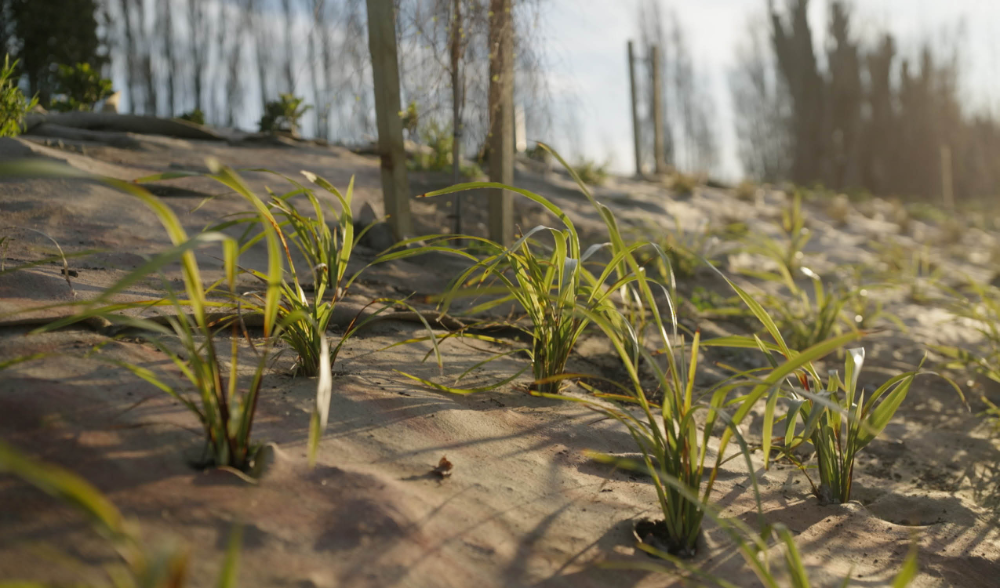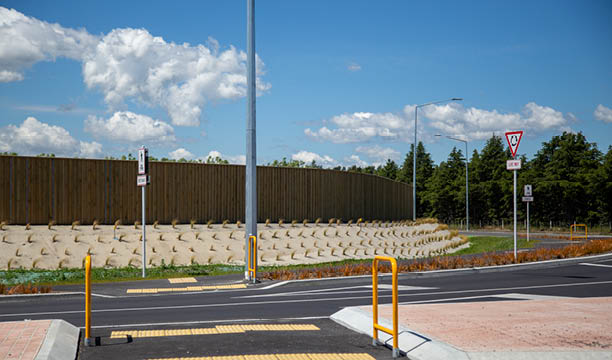- Track your orders
- Save your details for express checkout
- Join our loyalty points scheme and receive points and future discounts with every purchase
| In the world of landscaping, horticulture, and ecological restoration, finding sustainable and effective solutions is paramount. One such innovative solution is EcoWool, a natural weed matting blanket crafted from 100% New Zealand wool fibres. Developed by www.advancelandscape.co.nz, EcoWool offers a versatile and environmentally friendly approach to weed suppression and erosion control, helping projects thrive during their critical establishment phase. |
| EcoWool: The Sustainable Choice EcoWool is a locally manufactured product, proudly hailing from New Zealand. Its strength, density, and durability stem from its 100% New Zealand wool composition. This natural material ensures that it is not only effective but also an ethical option for various landscaping, revegetation, and horticulture projects. With an emphasis on sustainability, EcoWool not only aids your project but also respects the environment it's intended to enhance. |
 |
| Specifications: The EcoWool weed matting blanket comes in a roll measuring 2 metres in width by 30 meters in length, with a weight of 600 gsm. Its dimensions are adaptable to suit larger scale projects, ranging from 1 metre to 6 meters in width. This adaptability makes EcoWool a versatile choice for various project sizes. |
Installation Guidelines
|
| EcoWool from www.advancelandscape.co.nz offers a natural, sustainable, and effective solution for weed suppression and erosion control. Its locally manufactured New Zealand wool composition, along with its adaptability and eco-friendly features, make it an ideal choice for various landscaping, revegetation, and horticulture projects. With proper installation following the provided guidelines, EcoWool can help your project succeed while promoting a healthier environment. For technical data and further information, visit the website to explore the benefits of EcoWool in detail. |
 |